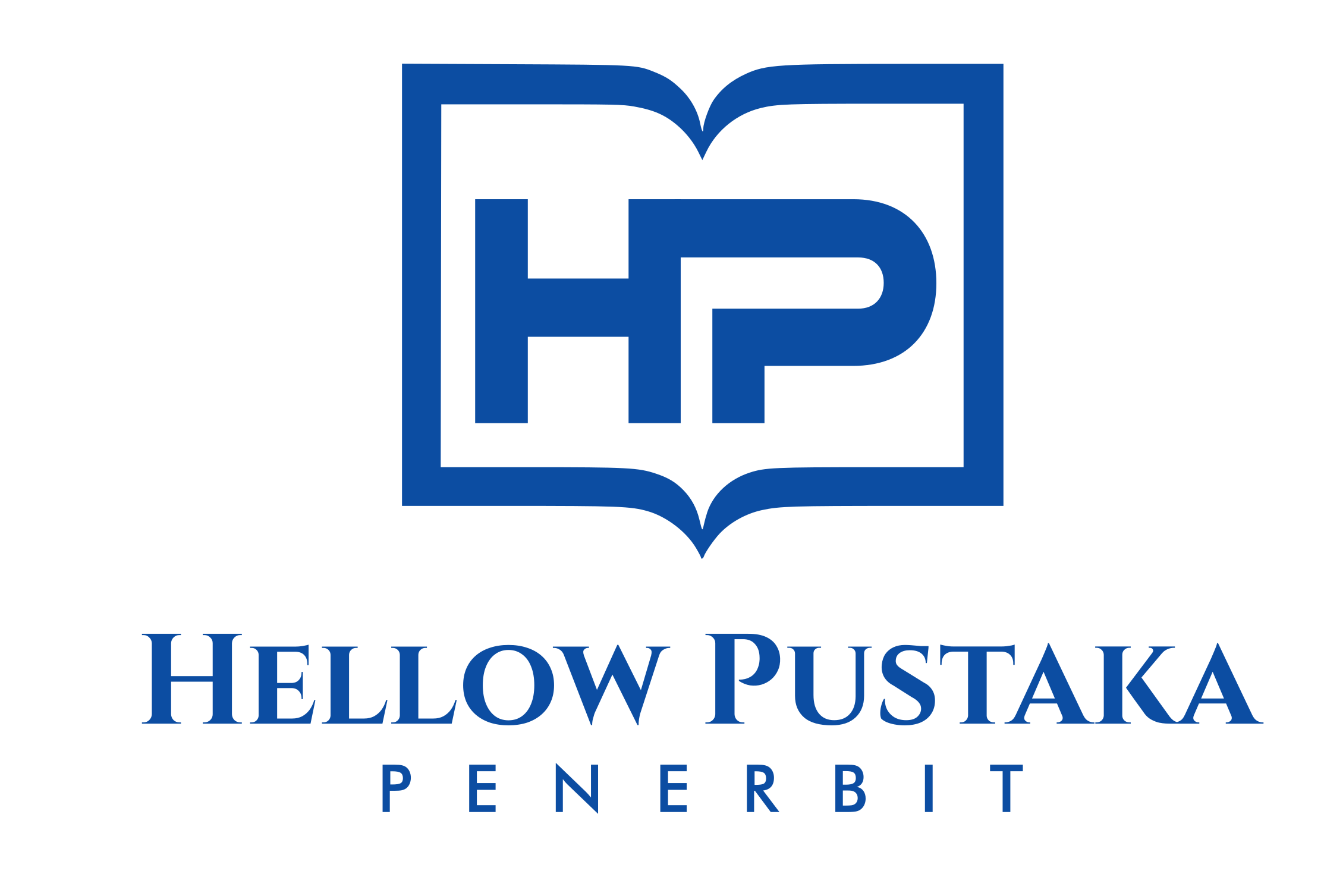Learning Model Innovation: A Study of the Use of Computer Supported Collaborative Learning Models in the Context of Higher Education
DOI:
https://doi.org/10.61166/elm.v3i1.87Keywords:
Collaborative Learning, CSCL, Higher Education.Abstract
One learning approach considered capable of increasing learning motivation in higher education is the Computer Supported Collaborative Learning (CSCL) paradigm. To improve learning efficiency, CSCL still requires innovation. The purpose of this study is to assess the implementation and efficacy of the CSCL learning model in higher education. A descriptive approach is the research methodology used, and secondary data are collected from the literature. The use of the CSCL learning model in higher education institutions will be discussed in this study, along with its definition, collaborative learning models, advantages, and impact on learning outcomes. The research findings indicate that because the Computer Supported Collaborative Learning model encourages a more dynamic learning environment in the classroom, this model is considered more beneficial for students than traditional methods. Students can also collaborate more with their peers, which will increase the effectiveness of the learning process.
Downloads
References
Aghni, Rizqi Ilyasa. 2018. “FUNGSI DAN JENIS MEDIA PEMBELAJARAN
DALAM PEMBELAJARAN AKUNTANSI.” Jurnal Pendidikan Akuntansi Indonesia 16 (1): 98–107. https://doi.org/10.21831/jpai.v16i1.20173.
AKHMAD KHAMALUDIN, 1102413065. 2017. “KEEFEKTIFAN MODEL PEMBELAJARAN KOLABORATIF TIPE CSCL (COMPUTER - SUPPORTED COLLABORATIVE LEARNING) PADA MATA PELAJARAN SIMULASI DIGITAL KELAS X SMK PALEBON
SEMARANG.” Other, Universitas Negeri Semarang. http://lib.unnes.ac.id/31082/.
Ambara, I. Made Yudi, I. Gede Margunayasa, and Ni Nyoman Kusmariyatni. 2019. “Pengembangan Perangkat Pembelajaran Kolaboratif Pada Mata Pelajaran Matematika Topik Pengolahan Data Siswa Kelas V SD.” Premiere Educandum : Jurnal Pendidikan Dasar Dan Pembelajaran 9 (2): 112–22. https://doi.org/10.25273/pe.v9i2.4671.
Asnur, Muhammad Nur Ashar, Fauzan Adhima, Melky Ayuwijayanti, and Ria Riski Marsuki. 2019. “KARAKTERISTIK PEMBELAJARAN KOLABORATIF BAHASA ASING DALAM GOOGLE CLASSROOM.”
Asra, Muhamad, Taufik Yogaswara, and Nanda Khaerunnisa Syafitri. 2020. “Pengembangan Model Implementasi M-Pembelajaran untuk Mahasiswa Pendidikan Guru di Indonesia.” Inovasi Kurikulum 17 (2): 98–108. https://doi.org/10.17509/jik.v17i2.36824.
Eliza, Muhammad Djahir Basir, and Ikbal Barlian. 2018. “PENGARUH MODEL PEMBELAJARAN COMPUTER SUPPORTED COLLABORATIVE LEARNING TERHADAP HASIL BELAJAR PESERTA DIDIK PADA MATA PELAJARAN EKONOMI DI SMA NEGERI 6 PALEMBANG.”
Jurnal PROFIT: Kajian Pendidikan Ekonomi dan Ilmu Ekonomi 2 (2): 169–78. https://doi.org/10.36706/jp.v2i2.5546.
Fitriasari, Novi Sofia, Muhamad Renaldi Apriansyah, and Risma Nur Antika. 2020. “Pembelajaran Kolaboratif Berbasis Online.” Inspiration: Jurnal Teknologi Informasi dan Komunikasi 10 (1): 77–86. https://doi.org/10.35585/inspir.v10i1.2564.
Hernández-Sellés, Nuria, Pablo-César Muñoz-Carril, and Mercedes González- Sanmamed. 2019. “Computer-Supported Collaborative Learning: An Analysis of the Relationship between Interaction, Emotional Support and Online Collaborative Tools.” Computers & Education 138 (September): 1–12. https://doi.org/10.1016/j.compedu.2019.04.012.
Jeong, Heisawn, Cindy E. Hmelo-Silver, and Kihyun Jo. 2019. “Ten Years of Computer-Supported Collaborative Learning: A Meta-Analysis of CSCL in STEM Education during 2005–2014.” Educational Research Review 28 (November): 100284. https://doi.org/10.1016/j.edurev.2019.100284.
Mahsus, Muhammad, and Eva Latipah. 2021. “Metodologi Eduinnova: Pembelajaran kolaboratif yang diintegrasikan dangan teknologi untuk meningkatkan keaktifan dan interaksi siswa dalam pembelajaran daring.” Jurnal Inovasi Teknologi Pendidikan 8 (1): 1–8. https://doi.org/10.21831/jitp.v8i2.38706.
Moleong, Lexy J. 2006. Metode Penelitian Kualitatif. Bandung: PT. Remaja Rosdakarya.
Muttaqin, Muhammad Rafi, Ismi Kaniawulan, and Defryan Tri Gusman. 2019. “SISTEM COMPUTER SUPPORTED COLLABORATIVE LEARNING UNTUK PENINGKATAN PEMBELAJARAN MAHASISWA.”
PRODUKTIF: Jurnal Ilmiah Pendidikan Teknologi Informasi 3 (1): 217–21. Nana, Nana, and Endang Surahman. 2019. “Pengembangan Inovasi Pembelajaran
Digital Menggunakan Model Blended POE2WE di Era Revolusi Industri 4.0.” Prosiding SNFA (Seminar Nasional Fisika dan Aplikasinya) 4 (0): 82–90. https://doi.org/10.20961/prosidingsnfa.v4i0.35915.
Nisa, Hayatin, D. Disman, and Dadang Dahlan. 2018. “PENGARUH PENERAPAN MODEL PEMBELAJARAN KOLABORATIF TEKNIK GROUP INVESTIGATION TERHADAP KEMAMPUAN BERPIKIR ANALISIS PESERTA DIDIK.” Jurnal MANAJERIAL 17 (2): 157–66.
https://doi.org/10.17509/manajerial.v17i2.10277.
Nurdyansyah, Nurdyansyah. 2018. “Model Pembelajaran Berbasis Masalah Pada Pelajaran IPA Materi Komponen Ekosistem.” Universitas Muhammadiyah Sidoarjo. http://eprints.umsida.ac.id/1611/.
Octavia, Shilphy A. 2020. Model-Model Pembelajaran. https://books.google.com/books/about/Model_Model_Pembelajaran.html?hl=i d&id=ptjuDwAAQBAJ.
Purnamawati, Purnamawati, and Hendra Jaya. 2016. “PENGEMBANGAN MODEL PEMBELAJARAN KOLABORATIF MELALUI PENDEKATAN CSCL (COMPUTER SUPPORTED COLLABORATIVE LEARNING) PADA FAKULTAS TEKNIK UNIVERSITAS NEGERI MAKASSAR.” Jurnal
MEKOM: Media Komunikasi Pendidikan Kejuruan 3 (2). https://doi.org/10.26858/mekom.v3i2.2609.
Purwati, Ni Kadek Rini, and Ni Ketut Erawati. 2021. “Pengembangan Buku Ajar Metode Numerik Berbasis Pembelajaran Kolaboratif.” Mosharafa: Jurnal Pendidikan Matematika 10 (1): 37–48. https://doi.org/10.31980/mosharafa.v10i1.817.
Respati, Yudit Ayu. 2018. “Collaborative Learning Dalam Upaya Peningkatan Keaktifan Mahasiswa Pada Proses Pembelajaran.” Efisiensi : Kajian Ilmu Administrasi 15 (2): 15–23. https://doi.org/10.21831/efisiensi.v15i2.24490.
Sari, Kadek Wiwin Mega, I. Gede Margunayasa, and Ni Nyoman Kusmariyatni. 2018. “Pengaruh Model Pembelajaran Kolaboratif Berbantuan Peta Pikiran Terhadap Hasil Belajar IPA.” International Journal of Elementary Education 2 (3): 246–
54. https://doi.org/10.23887/ijee.v2i3.15964.
Soehadha, Moh. 2012. Metode Penelitian Sosial Kualitatif Untuk Studi Agama.
Yogyakarta: SUKA Press.
Subakti, Watulingas, Haruna, Ritonga, Simarmata, Ardiana, Rahmi, Chamidah, and Saputro. 2021. Inovasi Pembelajaran.
Tibahary, Abdul Rahman, and Muliana Muliana. 2018. “MODEL-MODEL PEMBELAJARAN INOVATIF.” Scolae: Journal of Pedagogy 1 (1): 54–64. https://doi.org/10.56488/scolae.v1i1.12.
Ulfa, Icha Shofia Karlita, Dinawati Trapsilasiwi, and Erfan Yudianto. 2018. “Profil Berpikir Kritis Siswa Dalam Menyelesaikan Soal Fungsi Komposisi Melalui Model Pembelajaran Kolaboratif.” Jurnal Didaktik Matematika 5 (1): 40–53. https://doi.org/10.24815/jdm.v5i1.9972.
Utami, Ni Made Yuli, I. Gede Margunayasa, and Ni Nyoman Kusmariyatni. 2019. “PENGARUH MODEL PEMBELAJARAN KOLABORATIF BERBANTUAN PETA PIKIRAN TERHADAP HASIL BELAJAR IPA
DITINJAU DARI MOTIVASI BERPRESTASI.” Jurnal Ilmiah Pendidikan Profesi Guru 2 (2): 139–51. https://doi.org/10.23887/jippg.v2i2.19178.
Wicaksono, Soetam Rizky. 2015. “TELAAH CSCL (COMPUTER SUPPORTED COLLABORATIVE LEARNING) MENGGUNAKAN MEDIA SOSIAL TERTUTUP DI LINGKUP PERGURUAN TINGGI.”
Yanti, Minanti Tirta, Eko Kuntarto, and Agung Rimba Kurniawan. 2020. “PEMANFAATAN PORTAL RUMAH BELAJAR KEMENDIKBUD SEBAGAI MODEL PEMBELAJARAN DARING DI SEKOLAH DASAR.”
Adi Widya: Jurnal Pendidikan Dasar 5 (1): 61–68. https://doi.org/10.25078/aw.v5i1.1306.
Downloads
Published
How to Cite
Issue
Section
License
Copyright (c) 2025 Anastya Nida Alhana, Moch. Farich Alfani

This work is licensed under a Creative Commons Attribution-ShareAlike 4.0 International License.







